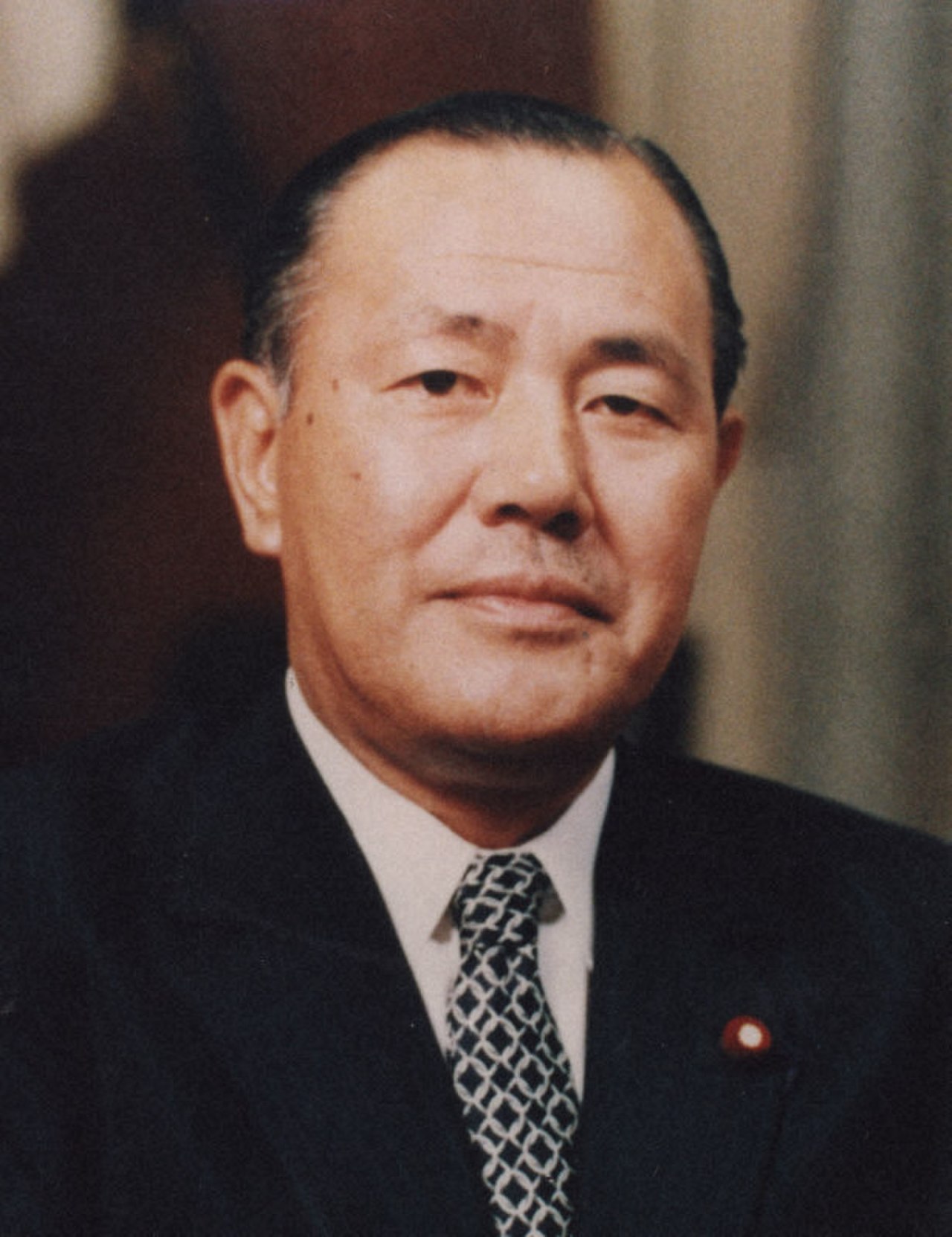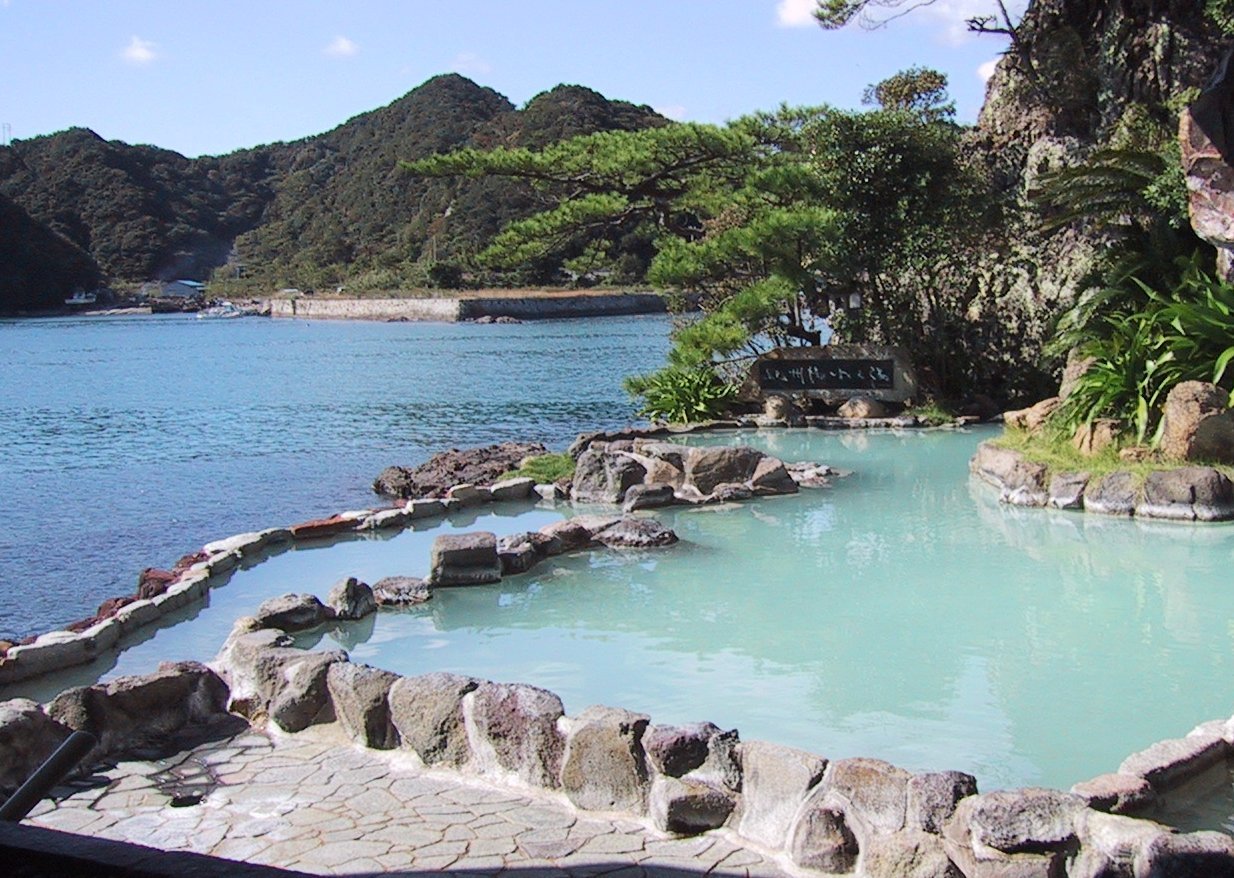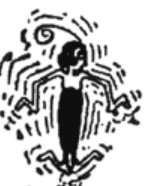|
Koenkai
are an invaluable tool of Japanese Diet members, especially of the Liberal Democratic Party (LDP). These groups serve as pipelines through which funds and other support are conveyed to legislators and through which the legislators can distribute favors to constituents in return. To avoid the stringent legal restrictions on political activity outside of designated campaign times, ''koenkai'' sponsor year-round cultural, social, and "educational" activities. For example, Tanaka Kakuei used his "iron constituency", or invincible constituency, in rural Niigata Prefecture to build a formidable, nationwide political machine. But other politicians, like Ito Masayoshi, were so popular in their districts that they could refrain, to some extent, from money politics and promote a "clean" image. ''Koenkai'' remained particularly important in the over-represented rural areas, where paternalistic, old-style politics flourished and where the LDP had its strongest support. In the classic oyab ... [...More Info...] [...Related Items...] OR: [Wikipedia] [Google] [Baidu] |
1996 Japanese General Election
General elections were held in Japan on 20 October 1996. A coalition of the Liberal Democratic Party, New Party Sakigake and the Social Democratic Party, led by incumbent Prime Minister Ryutaro Hashimoto of the LDP won the most seats. These were the first elections after the 1994 electoral reform. Previously, each district was represented by multiple members, sometimes from the same party, causing intra-party competition. Under the new rules, each district nominated one representative, elected using first-past-the-post voting. A separate party-list vote was introduced for voters to choose their favored party in addition to votes for individual candidates, as a way to more accurately approximate the seats in the House of Representatives of Japan to the actual party votes, in an effort to achieve more proportional representation. Background The 41st general elections of members of the House of Representatives took place on October 20, 1996. General election for the House of Repre ... [...More Info...] [...Related Items...] OR: [Wikipedia] [Google] [Baidu] |
National Diet
The is the national legislature of Japan. It is composed of a lower house, called the House of Representatives (Japan), House of Representatives (, ''Shūgiin''), and an upper house, the House of Councillors (Japan), House of Councillors (, '' Sangiin''). Both houses are directly elected under a parallel voting, parallel voting system. In addition to passing laws, the Diet (assembly), Diet is formally responsible for nominating the Prime Minister of Japan, Prime Minister. The Diet was first established as the Imperial Diet in 1890 under the Meiji Constitution, and took its current form in 1947 upon the adoption of the Constitution of Japan, post-war constitution. Both houses meet in the in Nagatachō, Chiyoda, Tokyo, Chiyoda, Tokyo. Composition The houses of the National Diet are both elected under parallel voting systems. This means that the seats to be filled in any given election are divided into two groups, each elected by a different method; the main difference bet ... [...More Info...] [...Related Items...] OR: [Wikipedia] [Google] [Baidu] |
Onsen
In Japan, are the country's hot springs and the bathing facilities and traditional inns around them. As a volcanically active country, Japan has many onsens scattered throughout all of its major islands. There are approximately 25,000 hot spring sources throughout Japan that provide hot mineral water to about 3,000 genuine onsen establishments. Onsens come in many types and shapes, including and . Baths may be either publicly run by a municipality or privately, often as part of a hotel, ''ryokan'', or . The presence of an onsen is often indicated on signs and maps by the symbol ♨ or the kanji (''yu'', meaning "hot water"). Sometimes the simpler hiragana character ゆ (''yu''), understandable to younger children, is used. Traditionally, onsens were located outdoors, although many inns have now built indoor bathing facilities as well. Nowadays, as most households have their own bath, the number of traditional public baths has decreased, but the number of sightseeing ho ... [...More Info...] [...Related Items...] OR: [Wikipedia] [Google] [Baidu] |
Trade Union
A trade union (labor union in American English), often simply referred to as a union, is an organization of workers intent on "maintaining or improving the conditions of their employment", ch. I such as attaining better wages and benefits (such as holiday, health care, and retirement), improving working conditions, improving safety standards, establishing complaint procedures, developing rules governing status of employees (rules governing promotions, just-cause conditions for termination) and protecting the integrity of their trade through the increased bargaining power wielded by solidarity among workers. Trade unions typically fund their head office and legal team functions through regularly imposed fees called ''union dues''. The delegate staff of the trade union representation in the workforce are usually made up of workplace volunteers who are often appointed by members in democratic elections. The trade union, through an elected leadership and bargaining committee, ... [...More Info...] [...Related Items...] OR: [Wikipedia] [Google] [Baidu] |
Sensei
Sensei, Seonsaeng, Tiên sinh or Xiansheng, corresponding to Chinese characters , is an East Asian honorific term shared in Japanese, Korean, Vietnamese and Chinese; it is literally translated as "person born before another" or "one who comes before". In general usage, it is used, with proper form, after a person's name and means "teacher"; the word is also used as a title to refer to or address other professionals or people of authority, such as clergy, accountants, lawyers, physicians and politicians or to show respect to someone who has achieved a certain level of mastery in an art form or some other skill, e.g., accomplished novelists, musicians, artists and martial artists. Etymology The two characters that make up the term can be directly translated as "born before" and imply one who teaches based on wisdom from age and experience. The word prefaced by the adjective 大, pronounced "dai" (or "ō"), which means "great" or "large", is often translated " grand master". Thi ... [...More Info...] [...Related Items...] OR: [Wikipedia] [Google] [Baidu] |
Funeral
A funeral is a ceremony connected with the final disposition of a corpse, such as a burial or cremation, with the attendant observances. Funerary customs comprise the complex of beliefs and practices used by a culture to remember and respect the dead, from interment, to various monuments, prayers, and rituals undertaken in their honor. Customs vary between cultures and religious groups. Funerals have both normative and legal components. Common secular motivations for funerals include mourning the deceased, celebrating their life, and offering support and sympathy to the bereaved; additionally, funerals may have religious aspects that are intended to help the soul of the deceased reach the afterlife, resurrection or reincarnation. The funeral usually includes a ritual through which the corpse receives a final disposition. Depending on culture and religion, these can involve either the destruction of the body (for example, by cremation or sky burial) or its preservation (for examp ... [...More Info...] [...Related Items...] OR: [Wikipedia] [Google] [Baidu] |
Wedding
A wedding is a ceremony where two people are united in marriage. Wedding traditions and customs vary greatly between cultures, ethnic groups, religions, countries, and social classes. Most wedding ceremonies involve an exchange of marriage vows by a couple, presentation of a gift (offering, rings, symbolic item, flowers, money, dress), and a public proclamation of marriage by an authority figure or Celebrant (Australia), celebrant. Special wedding garments are often worn, and the ceremony is sometimes followed by a wedding reception. Music, poetry, prayers, or readings from religious texts or literature are also commonly incorporated into the ceremony, as well as Wedding superstitions, superstitious customs. Common elements across cultures Some cultures have adopted the traditional Western custom of the white wedding, in which a bride wears a white wedding dress and veil. This tradition was popularized through the marriage of Queen Victoria. Some say Victoria's choice of ... [...More Info...] [...Related Items...] OR: [Wikipedia] [Google] [Baidu] |
Kimono
The is a traditional Japanese garment and the national dress of Japan. The kimono is a wrapped-front garment with square sleeves and a rectangular body, and is worn left side wrapped over right, unless the wearer is deceased. The kimono is traditionally worn with a broad sash, called an , and is commonly worn with accessories such as zōri sandals and socks. Kimono have a set method of construction and are typically made from a long, narrow bolt of cloth known as a , though Western-style fabric bolts are also sometimes used. There are different types of kimono for men, women, and children, varying based on the occasion, the season, the wearer's age, and – less commonly in the modern day – the wearer's marital status. Despite the kimono's reputation as a formal and difficult-to-wear garment, there are types of kimono suitable for both formal and informal occasions. The way a person wears their kimono is known as . Though previously been the most common Japanese garm ... [...More Info...] [...Related Items...] OR: [Wikipedia] [Google] [Baidu] |
Tea Ceremony
An East Asian tea ceremony, or ''Chádào'' (), or ''Dado'' ( ko, 다도 (茶道)), is a ceremonially ritualized form of making tea (茶 ''cha'') practiced in East Asia by the Chinese, Japanese, and Koreans. The tea ceremony (), literally translated as either "''way of tea''", "''etiquette for tea or tea rite''", or "''art of tea''" in any of the three East Asian languages, is a cultural activity involving the ceremonial preparation and presentation of tea. The Japanese tea ceremony and Korean tea ceremony were influenced by the Chinese tea culture during ancient and medieval times, starting in the 9th century when tea was first introduced to Japan and Korea from China. One can also refer to the whole set of rituals, tools, gestures, etc. used in such ceremonies as tea culture. All of these tea ceremonies and rituals contain "an adoration of the beautiful among the sordid facts of everyday life", as well as refinement, an inner spiritual content, humility, restraint and simplicity ... [...More Info...] [...Related Items...] OR: [Wikipedia] [Google] [Baidu] |
Mochi
is a Japanese rice cake made of , a short-grain japonica glutinous rice, and sometimes other ingredients such as water, sugar, and cornstarch. The rice is pounded into paste and molded into the desired shape. In Japan, it is traditionally made in a ceremony called . While eaten year-round, mochi is a traditional food for the Japanese New Year, and is commonly sold and eaten during that time. Mochi is a multicomponent food consisting of polysaccharides, lipids, protein, and water. Mochi has a heterogeneous structure of amylopectin gel, starch grains, and air bubbles. The rice used for mochi has a negligible amylose content and a high amylopectin level, producing a gel-like consistency. The protein content of the japonica rice used to make mochi is higher than that of standard short-grain rice. Mochi is similar to , but is made by pounding grains of rice, while dango is made with rice flour. History The process of steaming glutinous rice and making it into a paste is consid ... [...More Info...] [...Related Items...] OR: [Wikipedia] [Google] [Baidu] |
Olive Oyl
Olive Oyl is a cartoon character created by E. C. Segar in 1919 for his comic strip ''Thimble Theatre''. The strip was later renamed ''Popeye'' after the sailor character that became the most popular member of the cast; however, Olive Oyl was a main character for a decade before Popeye's 1929 appearance. Fictional character biography In the strip as written by Segar, Olive was a feisty, temperamental young woman (her age varying between her late teens and 24) whose extremely thin build lent itself well to the fashions of the time; her long black hair was usually rolled in a neat bun, like her mother's. She is the youngest sibling of Castor Oyl and Crude Oyl. Debuting on December 19, 1919, Olive was the childhood sweetheart and more-or-less fiancée of original ''Thimble Theatre'' protagonist Harold Hamgravy, a "lounge lizard" or slacker type who did as little work as possible and was always borrowing money. His attraction to other women—particularly if they were rich—nat ... [...More Info...] [...Related Items...] OR: [Wikipedia] [Google] [Baidu] |
Issey Ogata
is a Japanese actor and comedian. He was interested in plays since childhood. After he graduated from Toyotama High School in Japan, he joined a theatrical company and appeared on the stage. Later, he jumped at the opportunity to be an entertainer when he took the gold medal at the audition called "Birth of Comedians". Then, he started garnering roles on Japanese TV. Shows he appeared on include Fuji TV's ''Evil Grandmother'' and NHK's ''RinRinto''. He performs in ''Life Never Stops'' by himself at GyanGyan Theater in Shibuya. Furthermore, he has had starring roles in major art-house films, including Ota in the Edward Yang's ''Yi Yi'', the title character in Jun Ichikawa's ''Tony Takitani'' (an adaptation of the Haruki Murakami short story), the role of Japanese Emperor Hirohito in Aleksandr Sokurov's 2005 film, '' The Sun'' and Inoue Masashige in Martin Scorsese's ''Silence (2016 film), Silence''. Filmography Films * ''Sorekara (film), Sorekara'' (1985), Terao * ''Sorobanzuku' ... [...More Info...] [...Related Items...] OR: [Wikipedia] [Google] [Baidu] |







